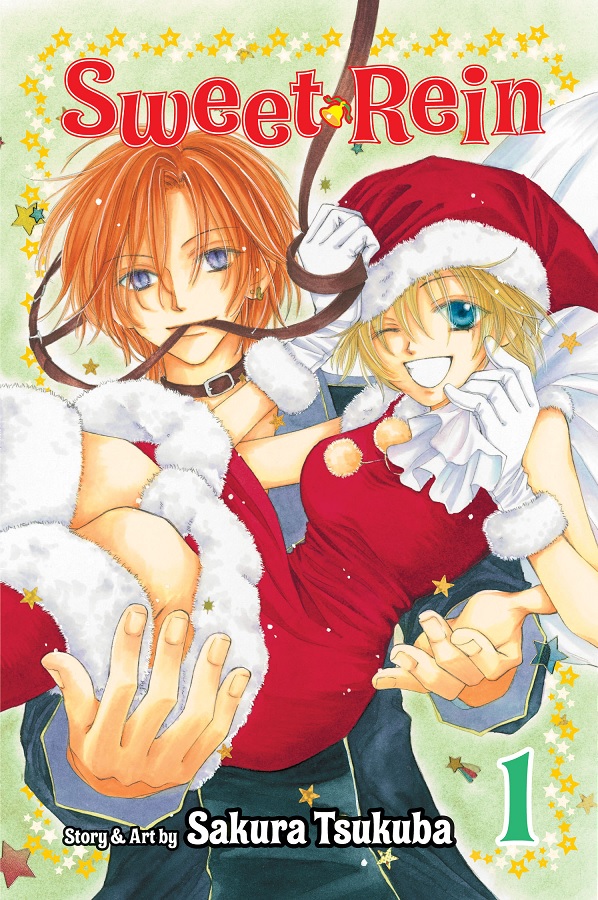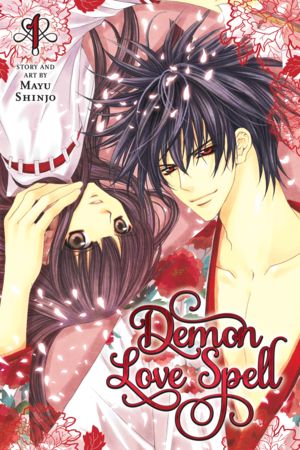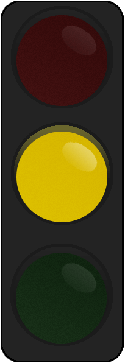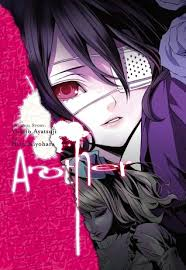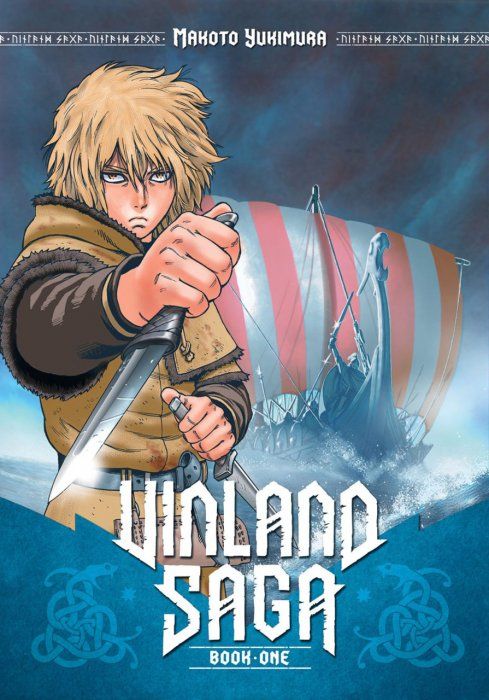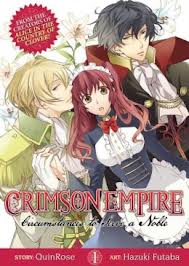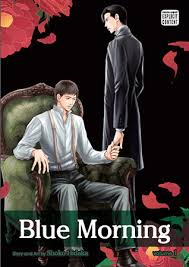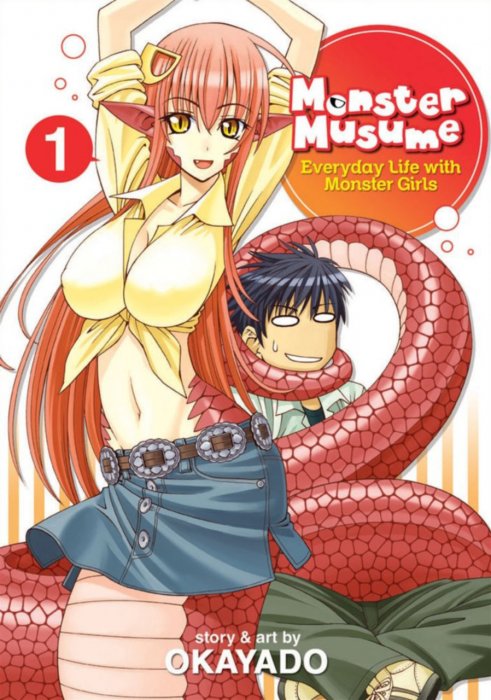SWEET REIN (Yoroshiku Master), by Sakura Tsukuba. First published in 2005, and first published in North America in 2013.
PLOT:
Kurumi is often lonely at the holidays. Her family is busy at work, and her friends are all spending their time with family and boyfriends. While walking around lost in her thoughts, she bumps into a handsome young man. At once, a magical rein appears between them and the young man, Kaito, declares her to be his master, his Santa Claus. It turns out that Kaito is the latest in a long line of human who can shapeshift into magical reindeer. Each reindeer is bound to a single person who serves as Santa Claus for as long as they both live, and each reindeer must obey the commands of their chosen Santa. Sakura is understandably skeptical, but Kaito's enthusiasm eventually wins her over. Of course, just because Christmas is over doesn't mean that Kaito goes away, and Sakura learns not only how to use her powers for other good deeds, but just how much she means to Kaito.
STORY:
Sweet Rein is built on some rather kinky ideas for what is ostensibly a Christmas-themed story. It's centered on a master-servant relationship after all, complete with magical bondage and shapeshifting boys. What's truly strange is that in spite of this, Sweet Rein is still incredibly adorable.
I suspect much of this is due to Kaito's pure, unbridled enthusiasm for everything. He's happy to have both a Santa and a purpose, and he's smitten with Sakura almost on sight. He's something of a simple boy, but he's surrounded by a loving and understanding family (who also serve as providers of exposition). For Sakura, this is positively foreign, as while she puts up a good front she's clearly lonely and depressed. It's also bizarre, but once a boy turns into a reindeer at your command, you become a little more willing to believe anything (well, once you wake up from fainting). Afterwards, their relationship tends to built around Kaito being silly and enthusiastic and Sakura commanding or punching him away Team-Rocket style (at least as far as the rein will let him go).
Of course, this makes for a cute little holiday-themed chapter, but what do you do with these characters after the holidays? It mostly alternates between giving Sakura and Kaito other good deeds to use their powers for others (such as a child with cancer) or building their relationship and slowly, subtly developing as people. For Sakura, it's more about opening herself to others and to the possibility that Kaito loves her as a person and not just as his Santa. For Kaito, it's coming to understand the depth of his love for Sakura. Overlooking the whole magical master/servant element, it's a nice, understated little romance.
If' you went solely by a plot description, Sweet Rein would come off as positively weird, even for a Christmas-themed manga. Despite that, it totally works, and is incredibly sweet and gentle to boot. But then, I would expect no less from the same mangaka who made "teenage psychics become friends" work in a very similar manner in Land of the Blindfolded.
ART:
While Tsukuba's art is nothing extraordinary on the surface, its simplicity belies its quality. The character designs are generic and cute, but they've got a good range of emotions and they're all drawn in a delicate manner. There's a genuine lightness to the more magical elements, where Kaito literally flies or floats in on his rein or the times where he and Sakura take flight. Panels are small, often irregular in size, and packed in as tight as mosaic tiles. In spite of that, the action usually flows well. Because of their size, backgrounds are rare, but the characters are drawn so nicely that this loss is not felt.
PRESENTATION:
There's a side story with a vampire who finds a young girl at his door, claiming to be his daughter. This as well turns out to be surprisingly sweet...at least until the ending. I didn't dislike enough to spoil it, but there's no way to regard it as anything but creepy, even though Tsukuba clearly didn't intend it to be.
RATING:
 Sweet Rein is a sweet surprise, one whose gimmicky concept belies the sweetness of its romance. This could be enjoyed any time of the year, not just at Christmas.
Sweet Rein is a sweet surprise, one whose gimmicky concept belies the sweetness of its romance. This could be enjoyed any time of the year, not just at Christmas.This series is published by Viz. This series is complete in 3 volumes. The first volume has been published, and is currently in print.
You can purchase this volume and many more like it through RightStuf.com!
Today is your last chance to enter the 12 REVIEWS OF CHRISTMAS GIVEAWAY! Enter by leaving a comment here - the contest ends at midnight tonight!
